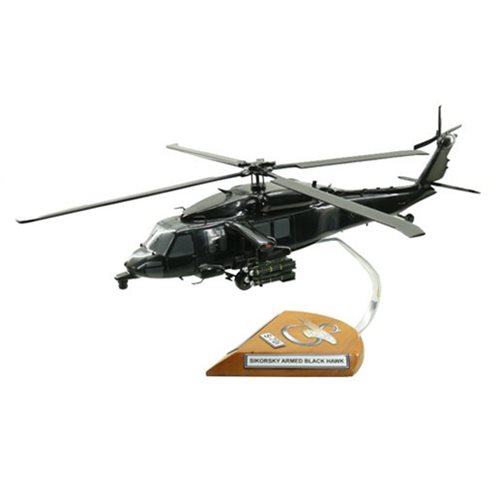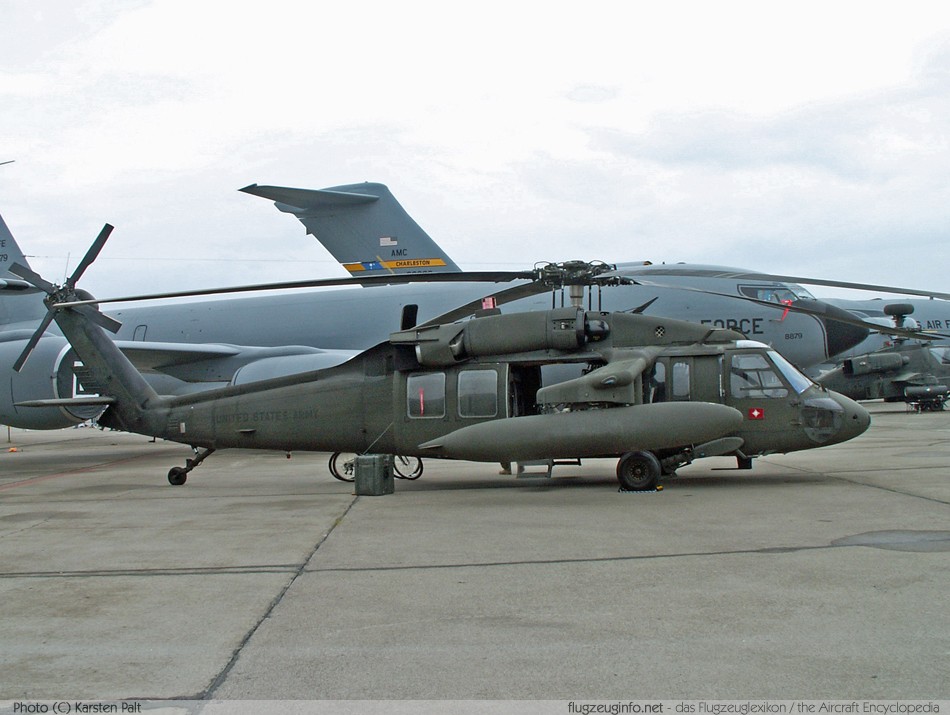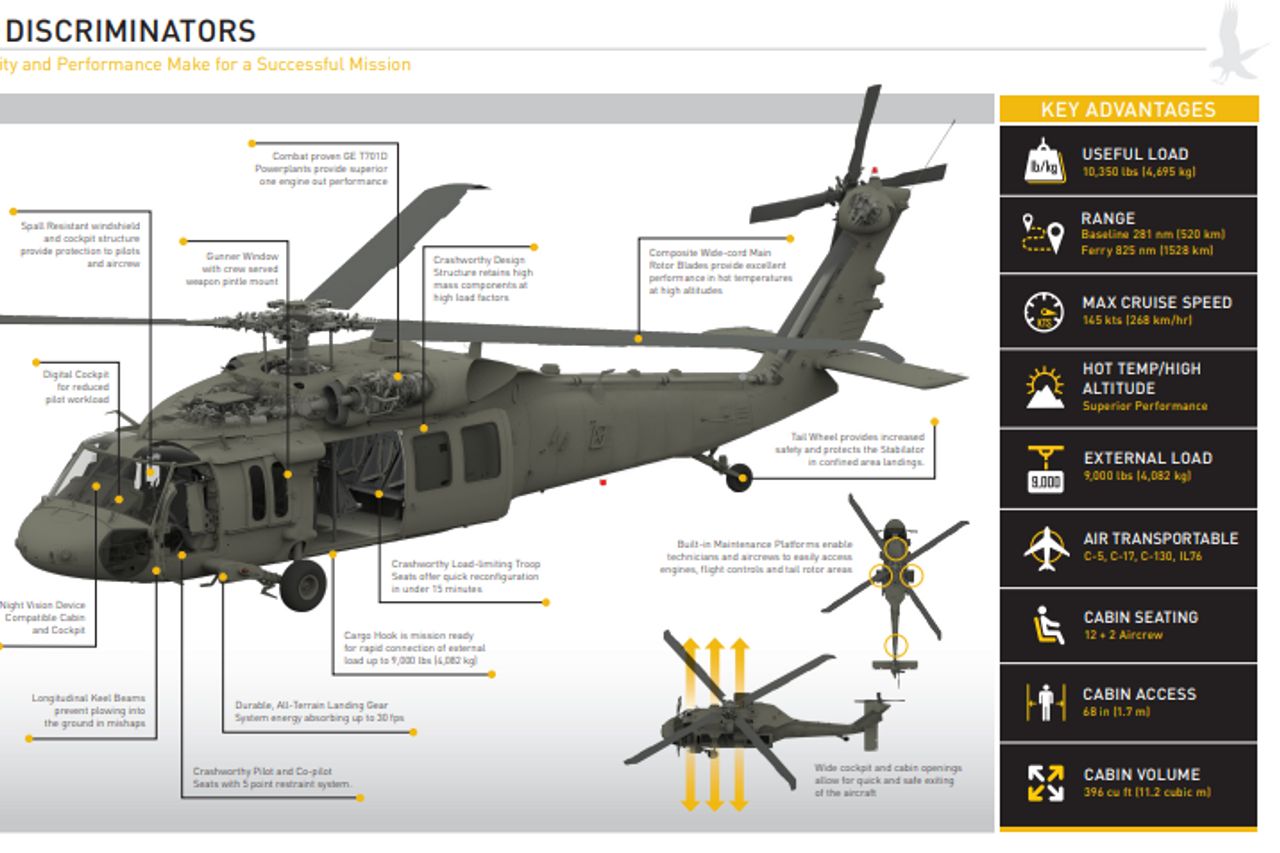Why the Sikorsky S 70 is the Preferred Selection for Modern Helicopter Missions
Why the Sikorsky S 70 is the Preferred Selection for Modern Helicopter Missions
Blog Article
High-Performance Multi-Role Rotorcraft Featuring Advanced Cabin Technologies and Integrated Sensing Unit Systems
The world of rotorcraft innovation has seen remarkable advancements in current times, particularly in the realm of high-performance multi-role rotorcraft equipped with sophisticated cockpit technologies and flawlessly incorporated sensor systems. In the following conversation, we will certainly check out the advancement of rotorcraft technology, dig into the realm of sophisticated cabin developments, and examine the effects of integrated sensor systems on the functional convenience and efficiency of contemporary rotorcraft.
Evolution of Rotorcraft Innovation
The evolution of rotorcraft modern technology has been marked by considerable advancements in aerodynamics, materials, and propulsion systems, shaping the capacities and efficiency of modern rotorcraft. Aerodynamic renovations have improved the effectiveness and ability to move of rotorcraft, permitting boosted rate, dexterity, and stability throughout trip (sikorsky s 70). Technologies in products, such as the use of composite materials and advanced alloys, have caused lighter yet more powerful rotorcraft structures, improving general performance and toughness. Additionally, developments in propulsion systems, including much more effective engines and ingenious propulsion modern technologies, have actually allowed rotorcraft to attain greater altitudes, faster speeds, and greater payloads.
These improvements have not just changed the abilities of rotorcraft however have also expanded their applications across numerous markets, consisting of armed forces, commercial, and emergency situation services. The constant evolution of rotorcraft technology remains to drive technology in the area, pressing the boundaries of what is feasible and forming the future of vertical flight.
Advanced Cabin Innovations
Building upon the foundational advancements in the rules of aerodynamics, materials, and propulsion systems, the realm of rotorcraft modern technology now moves focus towards introducing Advanced Cabin Innovations. The integration of advanced modern technologies within the cabin environment plays an essential role in boosting the operational abilities, safety, and performance of contemporary rotorcraft. sikorsky s 70. Advanced Cabin Innovations encompass a wide selection of functions made to offer pilots with enhanced situational awareness, streamlined information management, and intuitive control user interfaces
Among the key innovations in cockpit design is the application of glass cabins, which change typical analog assesses with high-resolution displays. These digital systems supply personalized layouts, real-time data combination, and improved readability, making it possible for pilots to accessibility important information at a glimpse. Progressed avionics systems, such as fly-by-wire controls and enhanced fact display screens, are revolutionizing how pilots engage with the aircraft, allowing for precise control and enhanced decision-making abilities.


Integrating advanced cockpit developments not just enhances pilot performance yet additionally adds to total mission effectiveness and safety in intricate operational atmospheres. By leveraging modern innovations within the cockpit, rotorcraft manufacturers are establishing brand-new requirements for operational quality and mission success.
Integrated Sensor Equipments
With the advancement of rotorcraft innovation, the integration of advanced Integrated Sensing unit Systems has actually become vital in enhancing functional efficiency and security. These Integrated Sensor Systems include a wide variety of innovations that offer critical information for numerous features such as navigation, monitoring, targeting, and ecological tracking. By flawlessly integrating sensors like radars, cams, lidar, and infrared systems into rotorcraft, operators can benefit from enhanced situational understanding, boosted mission abilities, and lowered pilot work.
One secret benefit of Integrated Sensor Solutions is their ability to gather real-time data and supply actionable understandings to pilots and mission operators. As an example, progressed radar systems can identify and track targets over long distances, permitting early hazard detection and efficient feedback preparation. Additionally, incorporating infrared and electro-optical cameras allows rotorcraft to perform reconnaissance and surveillance missions with precision and accuracy.
Fundamentally, the integration of advanced sensor technologies right into rotorcraft not just boosts functional performance yet likewise contributes substantially to general objective success and staff safety. As rotorcraft proceed to advance, the duty of Integrated Sensing unit Systems will unquestionably stay at the leading edge of innovation in the aerospace market.
Operational Flexibility and Efficiency
Enhancing functional convenience and performance in rotorcraft is an all-natural progression from the combination of sophisticated Integrated Sensing unit Systems. By leveraging the information and insights provided by these advanced sensor systems, rotorcraft can maximize their performance throughout different objectives and environments.
Functional adaptability incorporates the capacity of rotorcraft to adapt to different duties and circumstances successfully. With sophisticated cockpit modern technologies and integrated sensing unit systems, rotorcraft can effortlessly transition in between jobs such as search and rescue, clinical evacuation, security, and much more. This convenience improves the rotorcraft's capability to fulfill diverse functional requirements without calling for comprehensive reconfiguration.
Efficiency in rotorcraft operations is crucial for maximizing objective performance and resource usage. Integrated sensing unit systems play a critical duty in enhancing operational efficiency by giving real-time data on climate problems, terrain mapping, target monitoring, and more. This data allows pilots to make educated decisions quickly, enhance trip paths, save gas, and boost overall goal efficiency.
Influence On Modern Aviation Workflow

Moreover, the assimilation of innovative sensors promotes enhanced goal planning and execution, making it possible for rotorcraft to execute a variety of tasks with improved accuracy. From search and rescue operations to aerial firefighting and police goals, the capabilities of modern-day rotorcraft equipped with innovative cockpit technologies and incorporated sensor systems are unparalleled.
Moreover, the effect of these advancements extends past functional performance to cost-effectiveness and sustainability. By optimizing flight courses, fuel intake, and maintenance schedules, high-performance rotorcraft furnished with innovative cabin modern technologies and sensors contribute to minimizing functional costs and environmental effect, making them crucial assets in modern-day aviation operations.
Final Thought
Finally, the high-performance multi-role rotorcraft with innovative cockpit innovations and incorporated sensing unit systems stands for a significant development in air travel modern technology. These technologies boost functional convenience and performance, inevitably influencing contemporary aeronautics procedures in a favorable method. The assimilation of these innovative modern technologies permits enhanced capacities and performance in numerous goal circumstances, showcasing the continued innovation of rotorcraft modern technology in the air pop over here travel market.
The realm of rotorcraft technology has seen noteworthy innovations in current times, especially in the realm of high-performance multi-role rotorcraft furnished with sophisticated cockpit innovations and seamlessly incorporated sensor systems. From improved objective versatility to enhanced functional performance, the merging of sophisticated cockpit innovations and integrated sensor systems has actually ushered in a new period of possibilities for rotorcraft applications. In the complying with discussion, we will check out the development of rotorcraft innovation, delve into the realm of sophisticated cockpit developments, and check out the ramifications of incorporated sensing unit systems on the operational adaptability and efficiency of modern-day rotorcraft.

Report this page